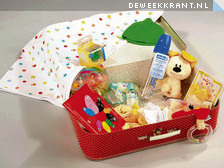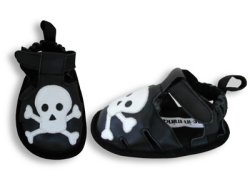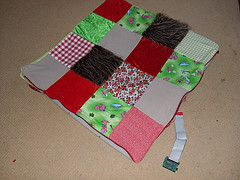 The Play’d is “a soft, thick blanket, developed for very young children that doubles as an interactive play environment.” It is made of squares of differing materials, each with a sensor hidden underneath, for the toddler who knows where their safety blanket is. The blanket can produces light, sound and vibrations. A sample application is when a kid is in its “rolling phase”: lights and sounds can be used to lure a child to roll in a certain direction.
The Play’d is “a soft, thick blanket, developed for very young children that doubles as an interactive play environment.” It is made of squares of differing materials, each with a sensor hidden underneath, for the toddler who knows where their safety blanket is. The blanket can produces light, sound and vibrations. A sample application is when a kid is in its “rolling phase”: lights and sounds can be used to lure a child to roll in a certain direction.
The Play’d netted its inventor, computer scientist Viktor de Boer, first prize in the Nieuwe Ideeën Prijsvraag (New Ideas Competition) of Science Park Amsterdam last Tuesday. Second prize went to Vanessa Evers for her robot “that supports human-robot interaction research.” I am not quite sure what that means, but I do see a pattern of robots trying to get to know us here.
Photo: Viktor de Boer. Link: Sargasso (Dutch).

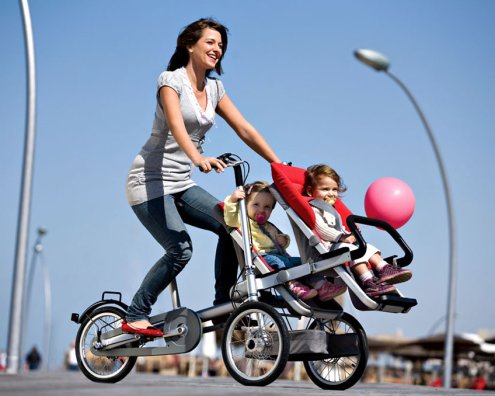
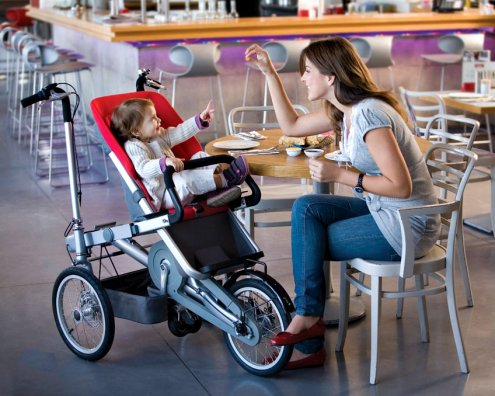
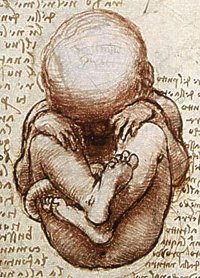 Two scientists from Leiden University, Joke Bouwstra and Robert Rissman, invented a gel that has the same healing properties as “the buttery coating that protects and nurtures a foetus’s developing skin,” reports New Scientist. Apart from helping premature babies, the ‘baby butter’ could also be used for other applications.
Two scientists from Leiden University, Joke Bouwstra and Robert Rissman, invented a gel that has the same healing properties as “the buttery coating that protects and nurtures a foetus’s developing skin,” reports New Scientist. Apart from helping premature babies, the ‘baby butter’ could also be used for other applications. 